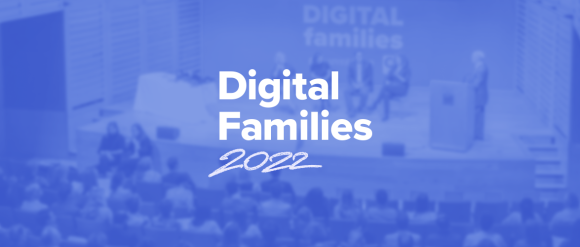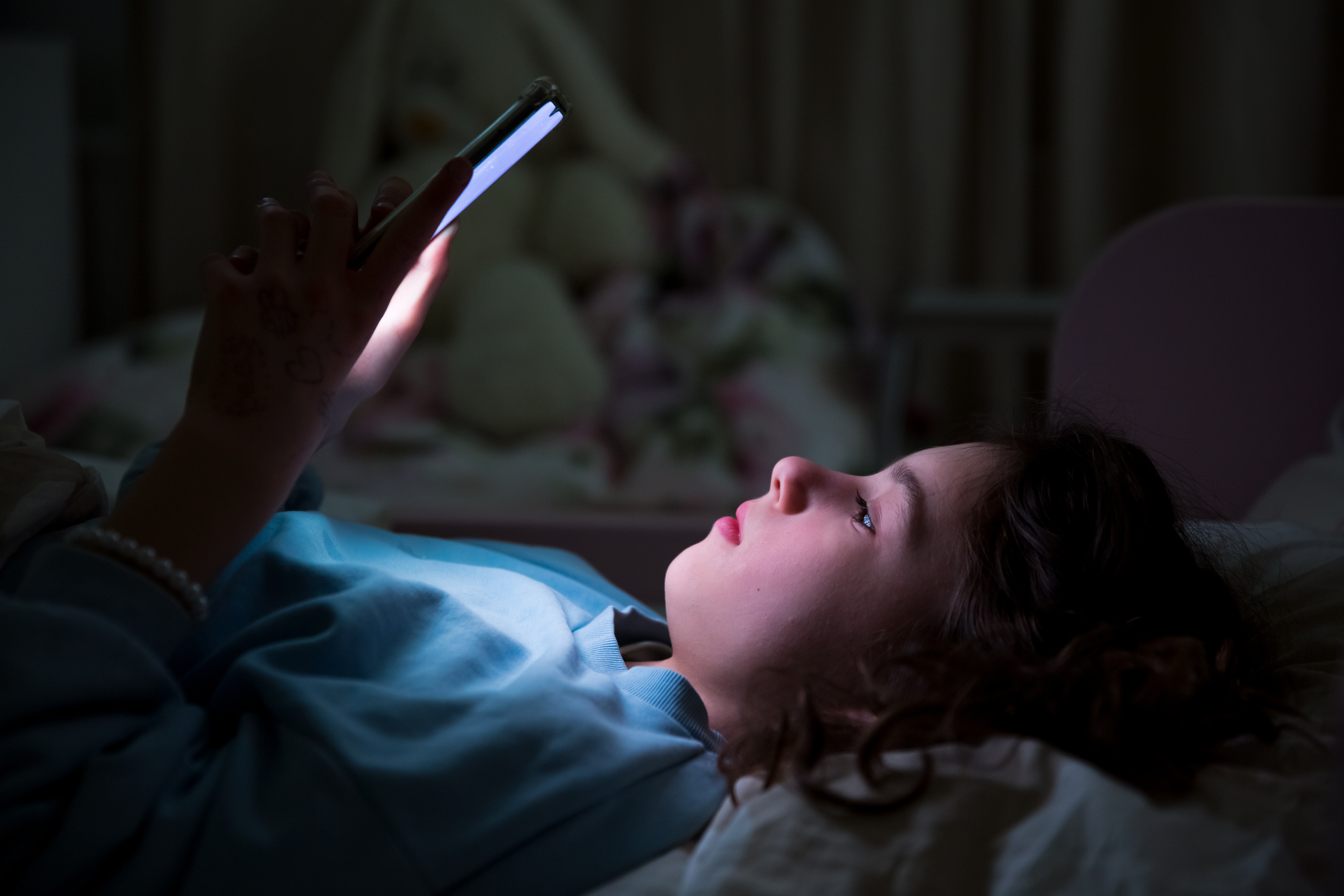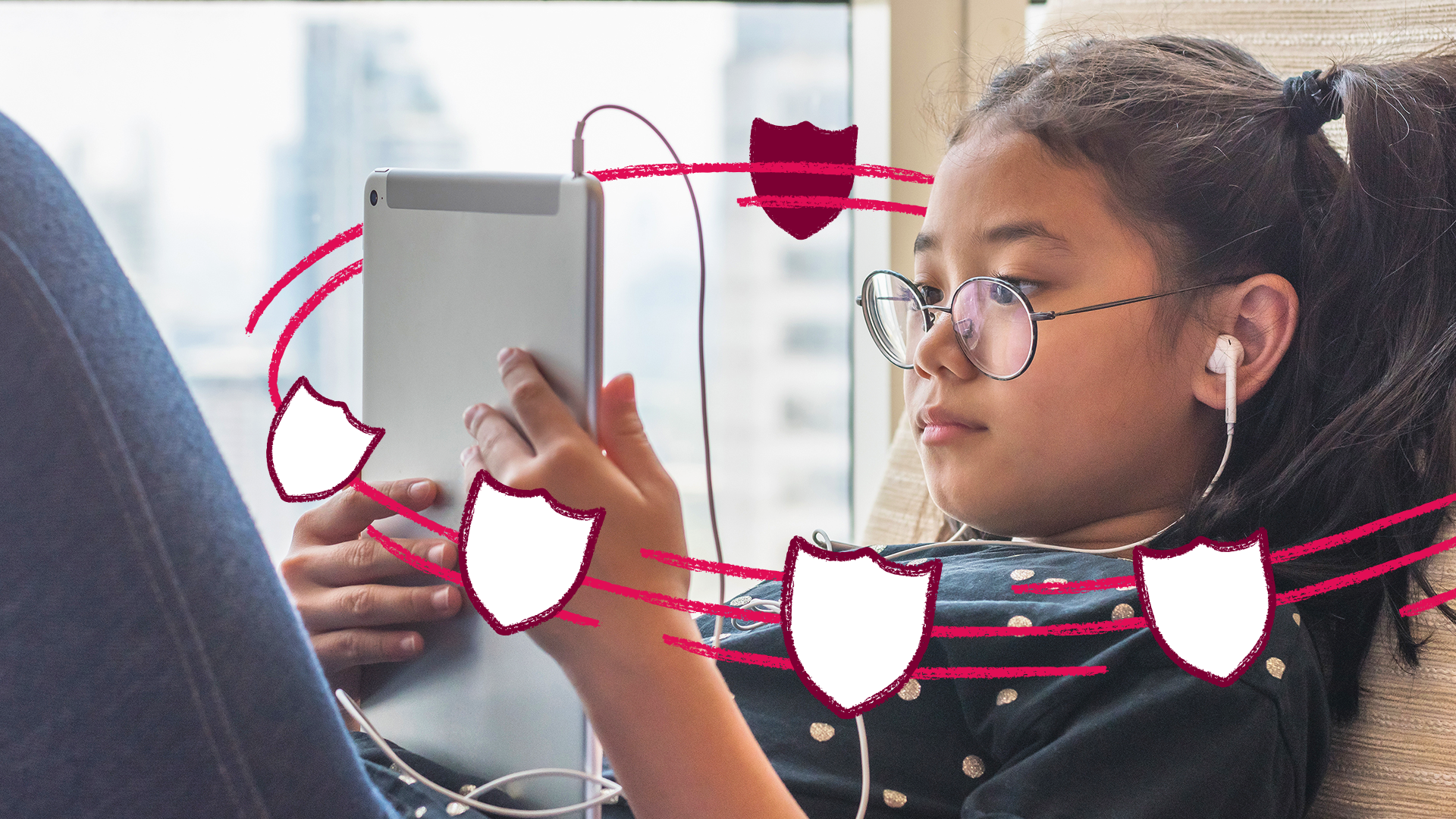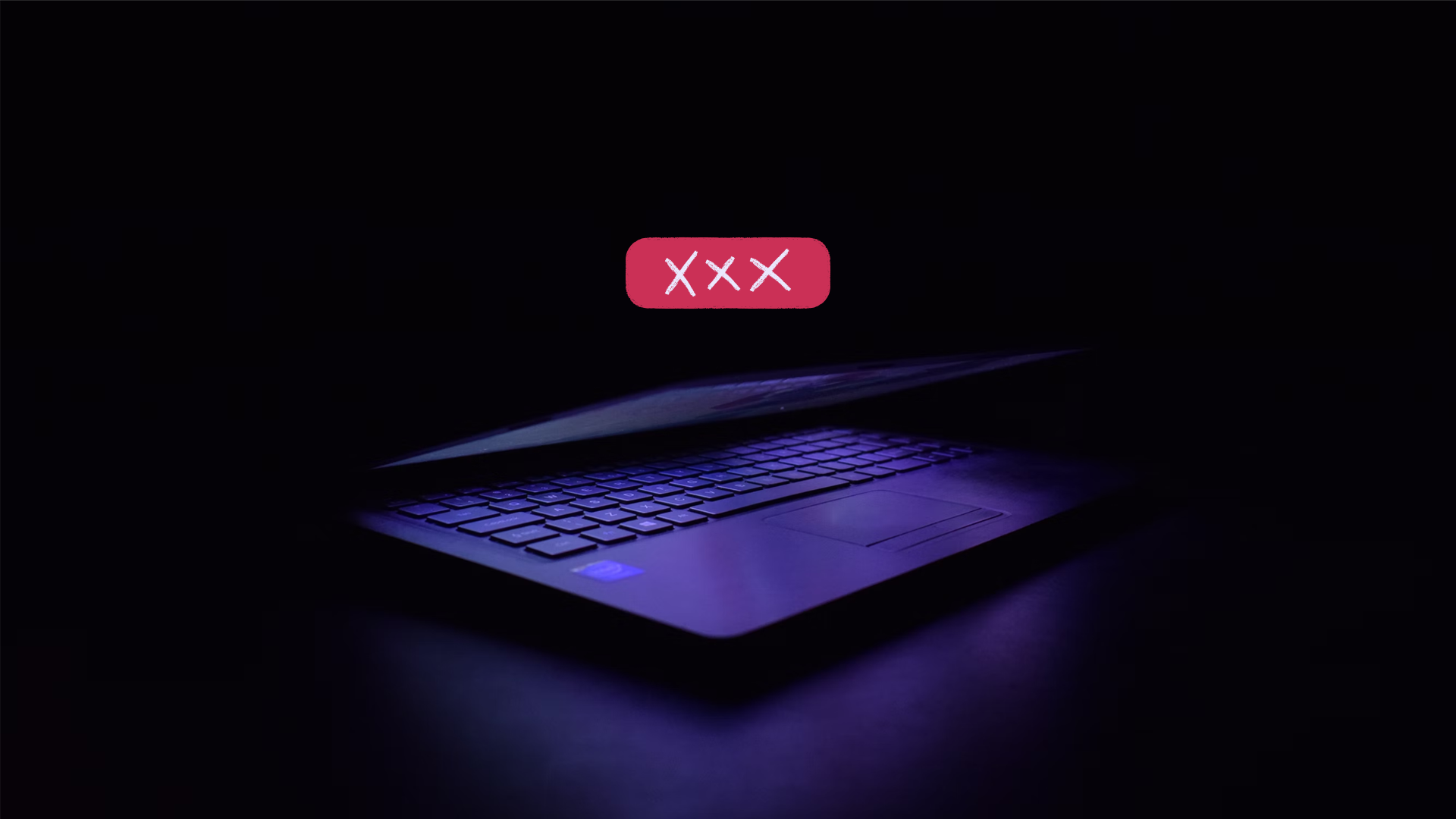The problems and paradoxes of online porn – and what parents can do
Dr Elly Hanson is a leading Clinical Psychologist and the research director of the PSHE Assocation’s Fully Human initiative.
In this guest blog, Elly discusses how the porn industry harnesses tech to manipulate human sexuality, and offers her thoughts on how parents can protect their children and build their resilience.
![]()
Research shows that 51 per cent of 11-13 year olds have seen pornography (many of them unintentionally), with 41% of 16-17 year olds having viewed it in the past two weeks. However, many parents underestimate their children’s exposure.
For parents to protect children from online porn, it’s important to be realistic about the situation, and to have a good understanding of what mainstream online porn actually is, how it operates, and the fundamental ways in which it can harm.

Due to high demand you can now attend our Digital Families Conference 22 on the 18th of October virtually, as well as in-person. Register here for free
Bombarding viewers
When people view porn they typically have a fragmentary, disorientating experience. Enter any mainstream porn site and you are bombarded with a seemingly endless number of images and videos of close-up sex, penises, vulvas and anuses.
One study found that the average visit to a porn site involved viewing ten videos within ten minutes.
These practically always depict impersonal sex, and very often sex that is coercive, manipulative or violent.
A recent analysis found that 37% of free online porn videos contained violence towards women, and another study asking young people what they saw in porn found that 70% frequently saw men being dominant. Around 36% frequently saw women being called names and slurs and 35% frequently saw ‘consensual’ violence towards them.
Adding insult to injury, this harmful and abusive sex on view is laundered into something seemingly sexy and fun. As a recent study by Fiona Vera-Gray and colleagues concluded, ‘depictions of practices that meet criminal standards of sexual violence, including rape, incest and so-called ‘revenge porn’, are labelled in ways that not only minimise or remove their criminality, but often mock or belittle the possibility of harm’.
Pushing harmful “sexual scripts”
Through its content, descriptions and design, online porn seeks to convey a series of powerful messages about sex. These warp people’s assumptions and understanding of sex, known as our “sexual scripts”, shaping what we understand to be normal, legitimate and sexy. For example, porn “says” that:
- sex is about simply following your arousal and using someone else’s body for your gratification – and everyday values like respect and kindness don’t apply.
- transgression, violation and dominance are sexy, whereas equality, connection and communication aren’t.
- men should be dominant in sex, whereas women like sex in which they are hurt, humiliated, pressured or manipulated.
Unsurprisingly, given this reality, a large body of research finds that porn increases the risk of a range of harms including: dissatisfaction with one’s body and in relationships and sex, risky practices (such as casual sex without contraception) and sexual harassment and abuse. One study found that adolescents viewing violent porn (and remember much of it is violent) increased their risk of sexually harassing their peers by six times.
Why is porn like this?
But why is porn like this? Why is it so confronting and so often horrible?
This isn’t a coincidence, and it’s not because, as some of its defenders argue, it’s simply reflecting back to users their sexuality at its most real and raw. It is no more doing this than the menu at McDonalds is reflecting its customers’ core nutritional needs.
The porn industry is focussed on money, not sex, and is making a lot of it – somewhere between $35 billion and $97 billion a year.
In a nutshell, the types of sex porn promotes are easy to monetise in a way that relational sex is not. The industry cannot get in between two people whose sexual desire for one another springs from chemistry, connection, or love – there is no profit to be made here. So it ignores and in many cases actively derides this form of sexuality.
But this is the very form of sex that gives humans the most satisfaction and fulfillment, and aligns with their values and who they are.
Shaping users' sexual interests
By pushing impersonal, hostile and transgressive sex, porn hopes to shape users’s sexual interests until they are so immersed and hooked that they start paying for it.
Adverts on porn sites are often for more extreme porn; ‘sex on demand’; or the full length versions of free clips. Whilst proportionally few users will end up spending money, a far larger number will have their sexualities shaped towards this end.
To assist this, companies gather users’ data without their informed consent and feed it into algorithms that calculate which porn videos are likely to be the most effective in shaping particular users towards its profit.
This practice, known as surveillance capitalism, has come under intense scrutiny in recent years for the ways in which it has driven a host of current societal problems, such as disinformation, extremism and online hate. The porn industry is arguably its greatest perpetrator, targeting the most intimate parts of what it is to be human.
Porn as a paradox
At the most fundamental level, online porn pulls us away from our deepest values, makes it harder for us to author a sexuality rooted in intimacy and connection and undermines our agency.
Young people are most at risk, having not had the space to develop their sexuality out of reach of porn’s tentacles.
In all of this, ironies and paradoxes abound. Porn is all about the visible, yet its practices are very much kept out of sight. It is defended as fiction – just fantasy and performance – yet its harms are all too real.
It promises endless sexual pleasure, yet reduces sexual satisfaction. And perhaps most troublingly, it is seen as a natural part of sexual freedom, whilst in fact being one of its biggest threats.
What can parents do?
Porn is something parents need to talk to their children about – ideally, flowing out of a general culture at home in which values, relationships and how we treat each other are regular topics of conversation.
I would suggest bringing up the topic with your child when they are somewhere between 10 and 12, explaining what it is (if they don’t know already), how it can be upsetting and harmful, and suggesting they talk to you if they come across it.
With older children, explain the key points discussed here, in particular porn’s business model. Talk about what ethical and healthy sexual experiences involve: equality, connection, communication and appreciation.
Don’t make assumptions about what they’ve seen or understand, and try not to show judgement or embarrassment. Sticking to the facts helps – as does being honest if you don’t know the answer to something.
Bringing porn out of the shadows
Porn is a problem that is both everywhere and nowhere – but by bringing it out of the shadows, understanding and discussing what it is and what it does, there is every hope that we can protect and support our children, and build their resilience against it.
Listen to Elly Hanson on Tech Shock
Read the Fully Human report, 'Pornography and Human Futures', here
OnlyFans: empowerment or exploitation?
Latest Articles

Fostering the digital resilience of young people isn’t just sensible, it is critical
Parent Zone CEO Vicki Shotbolt discusses the importance of digital resilience.

The Tech Shock podcast – smartphone bans: the professional perspective
Listening to what youth and family-facing professionals think about a possible smartphone ban for under-16s.

The internet isn’t a playground: ‘duty of care’ should mean safeguarding
Parent Zone founder and CEO Vicki Shotbolt on the Online Safety Bill, and what 'duty of care' should actually mean.

